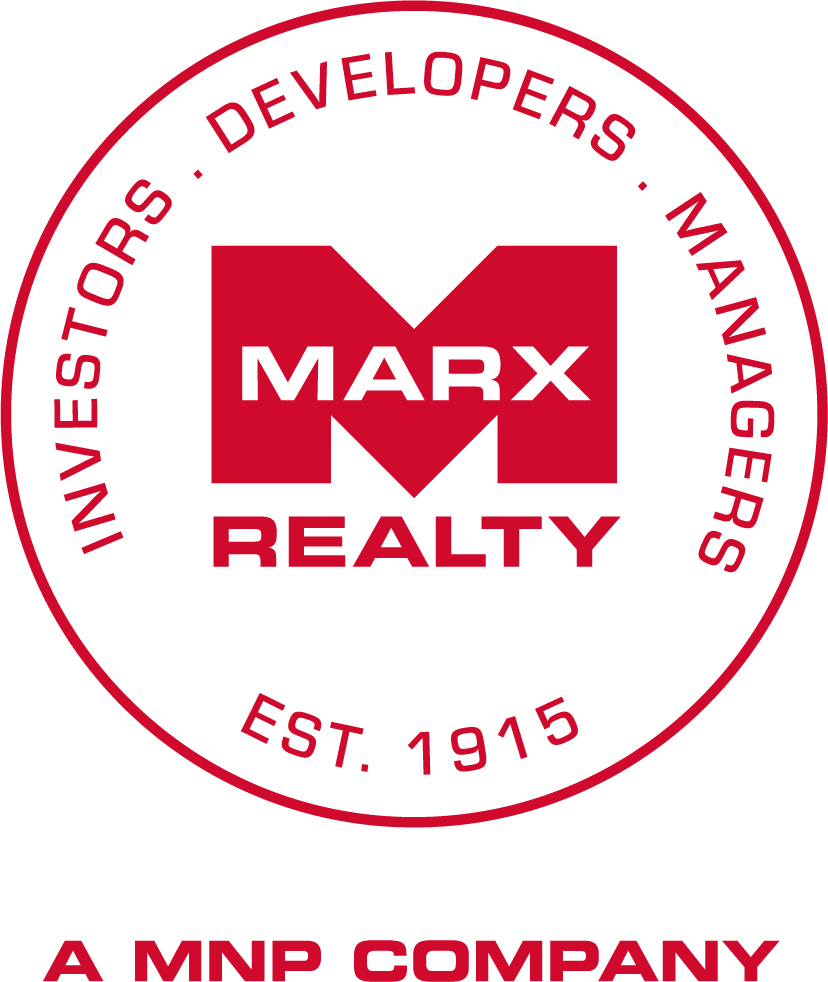Google to buy New York building for 100 times 1996 price

Agent Doug Harmon who helped broker deal has sold the Manhattan property 5 times

The Milk Building in Manhattan’s Meatpacking District © Dreamstime
Google has agreed to pay $600m to acquire a historic building in Manhattan’s Meatpacking District — a hundred times what it was sold for in 1996 — in a deal that reflects the tech company’s growing footprint in New York City.
For Doug Harmon, one of the agents who brokered the sale, it represents a career milestone: Mr Harmon has sold 450 West 15th Street — also known as the Milk Building — five times in a career that has spanned New York’s latest real-estate boom.
“Longevity is a brutal competitive advantage!” quipped Mr Harmon, the chairman of capital markets at Cushman & Wakefield.
The first time he sold the building, in 1996, the cobbledstoned neighbourhood was a gritty outpost with a reliable supply of transgender prostitutes and illicit drugs. It went for $6m to Moishe Mana, an Israeli immigrant who grew wealthy after founding a local moving company, Moishe’s Moving, and his partner, Erez Shternlicht.
Under their ownership, the eight-storey industrial building led the neighbourhood’s turn toward trendy fashion and media companies, including their Milk Studios.
In 2004 Mr Harmon helped them sell the building to investment firm Angelo Gordon for $55m, and then flipped it four years later to Stellar Management for $161m, who then shifted it — with his assistance — to Jamestown, a developer, in 2013 for $284m.
Now comes Google, whose $2.4bn purchase of the nearby Chelsea Market last year reinforced the neighbourhood’s status as New York City’s technology capital. It also helped to cement Mr Harmon’s standing as one of two uber brokers in a real estate-obsessed city.
The other is his arch rival Darcy Stacom, the so-called Queen of the Skyscrapers at CBRE, who advised Google on both acquisitions and regularly battles against Mr Harmon in New York’s favourite blood sport.
“They’re rock stars. They’re simply the best at what they do,” said Craig Deitelzweig, chief executive of New York-based Marx Realty.
For Mr Harmon, a born talker with a touch of showbiz panache, the Milk sale is evidence that there is still juice in the city’s real-estate market — even after a prolonged run whose sheer duration has set many executives on edge, with a sharp retreat of Chinese buyers and a fall in prices for luxury condominiums.
In one sign of the market’s fragility, brokers have taken to selling some buildings privately, approaching potential buyers without making a formal listing to avoid the risk of disappointing headlines.
Rising US interest rates would cause some dislocation, Mr Harmon said. But overall, he argued that New York’s property market was stronger than many sceptics realised — particularly for those who understood how to navigate it.
“This is the market that distinguishes one’s self — show’s one’s skill,” said Mr Harmon, who is also in the midst of closing a $2.2bn sale and leaseback of WarnerMedia’s headquarters at the new Hudson Yards development. “It’s my kind of market.”
The son of a theatre producer and investment banker, Mr Harmon was not entirely sold on real estate after graduating from Brown University in 1984 with a psychology degree. At the time, everybody wanted to be in investment banking, he recalled. He went to London and worked for the Ladbrokes betting parlours — a chain with big real-estate holdings — dabbled in Hollywood and then earned an MBA from UCLA in 1992.
His career was transformed in the late 1990s when a man at a dinner party in Anguilla, where his family vacationed, passed on a tip: Leona Helmsley — Manhattan’s infamous Queen of Mean — was looking to unload a $5bn property portfolio she had inherited from her husband, Harry. Mr Harmon, then 35 and a little-known broker at Eastdil Secured, snagged the mandate.
Mrs Helmsely was so difficult and unpredictable that some at Eastdil did not want the business. So Mr Harmon set up a separate operation within the firm to handle the sale. “Everything hung in the balance,” he recalled. “She could fire you on a whim.”
In addition to burying himself in paperwork, Mr Harmon also put his psychology degree to work. At one point he gave Mrs Helmsley a dog, a Maltese, to whom she would later leave a $12m inheritance. Mr Harmon also became her regular companion at the Four Seasons restaurant, where he eventually discovered that the $10 bills Mrs Helmsley regularly demanded of him to tip the bathroom attendant were not making their way to the intended recipient.
“It was a training ground for the craziness that exists in real estate,” he said.
That three-year assignment introduced Mr Harmon to properties he would trade again and again in his career, just as he has the Milk Building. It also thrust him into a new orbit of buyers and sellers and trained him in the poker game of big auctions.
“You always have to convince someone of something — in a smart way, being truthful,” Mr Harmon said of his approach. (His other tips: “Never let the leverage shift away from the seller” and, if you can, avoid due-diligence at all costs).
Meanwhile, his “sport”, as he calls it, was being transformed from a somewhat disreputable undertaking to a matter of public fascination.
“In the mid-90s, real estate became an industry that everyone was interested in,” Mr Harmon said. “It’s money, it’s the power, it’s everything — and then you get New York.”

Doug Harmon at a gala in New York in 2016
He parlayed his Helmsley experience into the 2003 sale of the GM building to Harry Macklowe for a then-record $1.4bn. For the next decade, his Eastdil team vied with Ms Stacom at CBRE for dominance of the New York skyline. She sold GM for $2.8bn in 2008. They took turns selling the massive Stuyvesant Town and Peter Cooper Village development — she for a record $5.4bn in 2006, just before the financial crisis, and he for either $5.3bn or $5.45bn in the boom year of 2015, depending on who you ask.
After a performance by his Eastdil team that year that Mr Harmon described — with characteristic restraint — as surpassing Goldman Sachs, the New York Yankees and Tiger Woods, he decided the old model no longer worked.
His thesis was that the industry was changing as it drew in more money from private equity firms, pension funds, sovereign wealth funds and the like. “What is happening in the market is this institutionalisation of our sport,” he said. “It’s not just for the cowboys, it’s not just for the people who didn’t go to college, [those] who came up through the streets and had to fight their way.”
To appeal to the new players, Mr Harmon believed he needed to come armed with reams of data and research — about rent trends and retail sales on individual city blocks. In 2016 he and his team jumped to Cushman, a perennial laggard in the New York market but blessed with a big international network as well as leasing agents and investment advisers who could provide market intelligence.
His involvement in WarnerMedia’s pending transaction at Hudson Yards is a good example. While at Eastdil, Mr Harmon brokered the company’s $1.3bn sale of its Time Warner Center headquarters in 2014 to The Related Companies, the site’s original developer.
He reckoned Related would be willing to pay more than others to boost its chances of luring the media company to Hudson Yards, a mega-development it was then still building in an otherwise desolate part of town. Time Warner ended up taking 1.5m sq ft there at a bargain price.
Five years later, Hudson Yards is a commercial success, and Time Warner’s new owner, AT&T, which is eager to pay down debt, is looking to benefit by selling the space back to Related for $2.2bn and taking out a 15-year lease.
“That’s the beauty and the detriment of my sport,” Mr Harmon reflected. “It’s really, really hard to tell who’s better than the next person. And that’s why you have to look at the whole body of the work.”
This article has been amended since publication to correct the value of the 2004 sale to $55m.
View the Full Article








 .
.